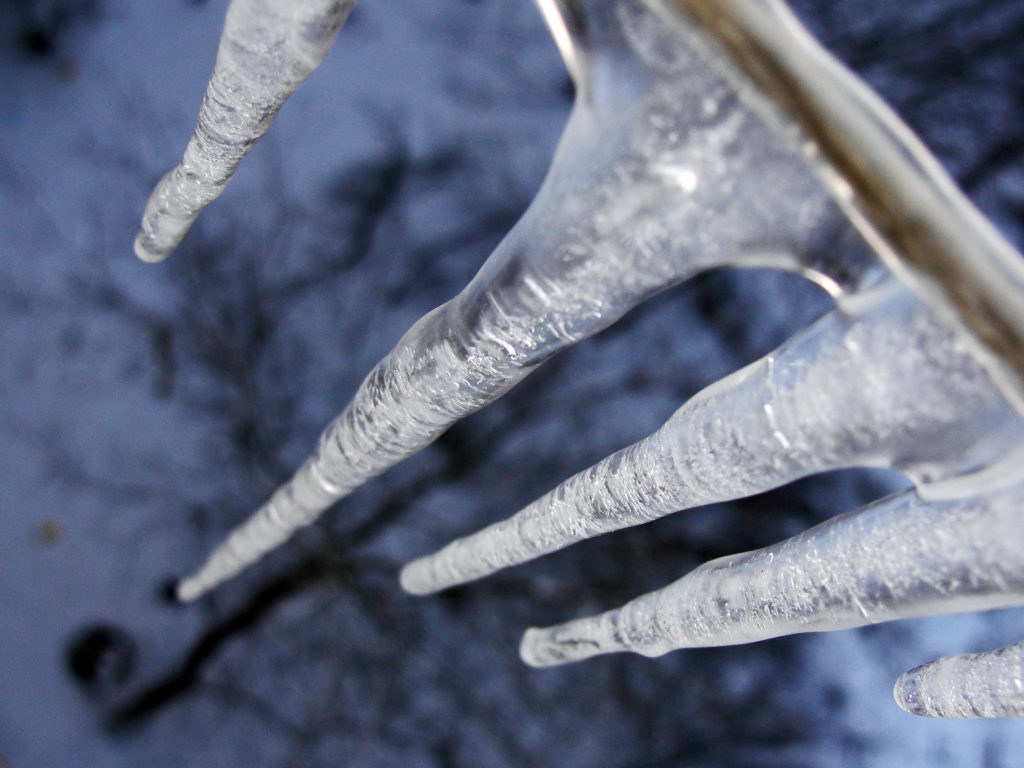 Spears of ice and chunks of rock-like snow hurtling down from towers high above may seem like something out of a fantasy novel, but for New Yorkers, it is a winter reality.
Spears of ice and chunks of rock-like snow hurtling down from towers high above may seem like something out of a fantasy novel, but for New Yorkers, it is a winter reality.
High-rises and skyscrapers create towering edifices all around us. They also present serious risks. These usually come during winter or early spring, as temperatures warm and ice begins to thaw. Ice falling from skyscrapers and high-rises has become increasingly common, and there are no signs that it will stop any time soon. These heavy pieces of ice can strike the ground with enough force to seriously damage vehicles and other objects, and to cause terrible injuries to pedestrians.
The city does little to punish building owners for letting these dangerous conditions remain, but they can be held accountable in a civil lawsuit.
Why Has Falling Ice Become More Common?
This is largely due to a few key things: more high-rises, better energy efficiency, and new designs. More towering buildings means greater heights for pieces of ice to fall from. What would have been a minor nuisance before is now lethal.
While energy efficiency is something to applaud, there have been unforeseen consequences of these designs. In the past, heat escaping through the walls, windows, and ceilings of large buildings would melt snow and ice and keep them clean over the winter. Since less heat escapes from modern energy-efficient buildings, snow and ice build up much more than before. When temperatures rise, this releases large amounts of ice onto streets below.
New designs for buildings also create greater opportunities for snow and ice. Dazzling edifices and stunning features at the tops of buildings are created to impress, with little thought of how snow and ice might form on them and fall down. Features that could reduce snow and ice are expensive and might be unseemly, and many building owners ignore them.
Is Falling Ice Preventable?
For the most part, yes; the rain of ice from skyscrapers, high-rises, and construction sites could be avoided through additional features designed to prevent them. This would cost building owners more money, which is why these features are largely ignored during construction or maintenance of a building.
Sadly, the city does very little to try to keep pedestrians safe from falling ice. At best, warnings are issued that buildings need to clear ice and snow off in a safe way to keep people below safe. Should building owners fail to follow through on this, then they may have a fine of $1,000. This is typically less than the costs of installing ice-prevention features or paying a crew to clear ice and snow off a high-rise, so it is easier to ignore the warning and pay the fine.
Are Building Owners Liable?
Knowing about the danger of ice and not acting to remove it could be considered an act of negligence, since a reasonable person would make an effort to remove the ice before it could harm someone. If injury or property damage occurs as a result of this negligence, the building owner may be liable for those damages.
What You Can Do to Stay Safe
While building owners should be keeping others safe, it is important to do everything you can to keep yourself from being injured.
- Do not focus too much on the ground while walking in winter weather conditions—be sure to look up from time to time.
- Watch for ice on the tops and sides of buildings, and give those areas a wide berth when passing them.
- Listen to any warnings and traffic directions from police or city officials and make sure you move away from areas marked with caution tape.
- If ice is falling from a building, move away quickly and seek adequate cover until the ice shower ends.
Remember, building owners are responsible for their property, no matter how large it is. If you were injured by falling ice and snow, speak to a NY premises liability attorney. At Wingate, Russotti, Shapiro, Moses & Halperin, LLP, our legal team has extensive experience dealing with big corporations and getting compensation for our clients. Call (212) 986-7353 for a free consultation.